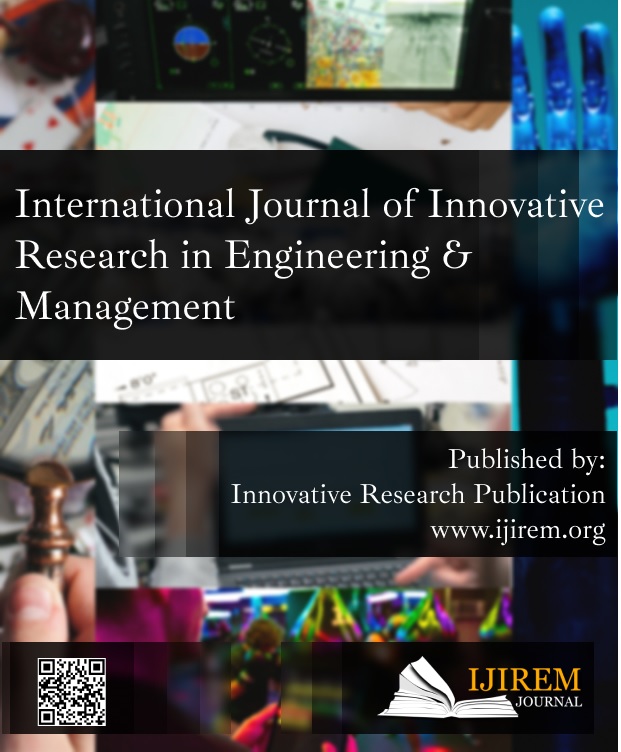A Review on Nuclear Energy
Keywords:
Climate Change, Energy Intensity, Effects, Nuclear Energy, RadioactivityAbstract
Sustainability is described as an environmental strategy that is ideally suited for eco-systems and capable of successfully and continuously managing a cycle. In every aspect, the key to the humanity race's long-term survival is sustainability. Due to recent resource depletion and worries about climate change, many people are considering the benefits and dangers of nuclear energy as a viable option. Nuclear energy's advantages, such as no greenhouse gas emissions and a large amount of low-cost electricity, are severely restricted by the risk of fatal accidents and the long-term disposal of radioactive waste. This article highlights the advantages and dangers of nuclear power for a sustainable energy demand since nuclear power is a matter of balancing gain and risk. Robotic systems are an excellent solution to some of these issues since they remove the need for humans to visit these places while also providing data on their health that would otherwise be inaccessible. However, each robot's requirements are sometimes very different, or even the most robust platforms may encounter considerable challenges owing to the unique characteristics of a particularly challenging environment. However, such improvements may be both costly and time-consuming to implement. Sustainability are all words that come to mind while thinking about climate change. Sustainability are all words that come to mind while thinking about climate change.
Downloads
References
Kortelainen M, Lesinski T, Moré J, Nazarewicz W, Sarich J, Schunck N, et al. Nuclear energy density optimization. Phys Rev C - Nucl Phys. 2010;82(2):1–18.
Haq RU, Pandey A, Bohigas O. Fluctuation properties of nuclear energy levels: Do theory and experiment agree? Phys Rev Lett. 1982;48(16):1086–9.
Abram T, Ion S. Generation-IV nuclear power: A review of the state of the science. Energy Policy. 2008;36(12):4323–30.
Lenzen M. Life cycle energy and greenhouse gas emissions of nuclear energy: A review. Energy Convers Manag. 2008;49(8):2178–99.
Prelas MA, Weaver CL, Watermann ML, Lukosi ED, Schott RJ, Wisniewski DA. A review of nuclear batteries. Prog Nucl Energy. 2014;75:117–48.
Kortelainen M, McDonnell J, Nazarewicz W, Reinhard PG, Sarich J, Schunck N, et al. Nuclear energy density optimization: Large deformations. Phys Rev C - Nucl Phys. 2012;85(2).
Hunyadi M, Gassmann D, Krasznahorkay A, Habs D, Thirolf PG, Csatlós M, et al. Excited superdeformed Kπ = 0+ rotational bands in β-vibrational fission resonances of 240Pu. Phys Lett Sect B Nucl Elem Part High-Energy Phys. 2001;505(1–4):27–35.
Abu-Khader MM. Recent advances in nuclear power: A review. Prog Nucl Energy. 2009;51(2):225–35. [9] Suman S. Hybrid nuclear-renewable energy systems: A review. J Clean Prod. 2018;181:166–77.
Yalçin S. A review of nuclear hydrogen production. Int J Hydrogen Energy. 1989;14(8):551–61.
